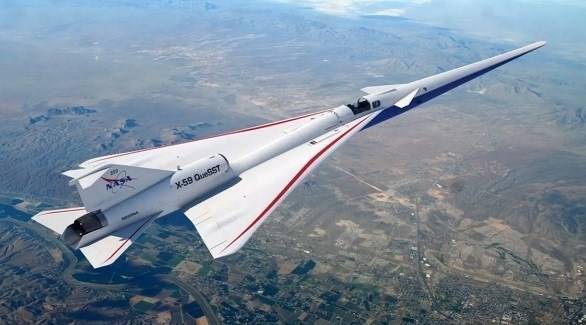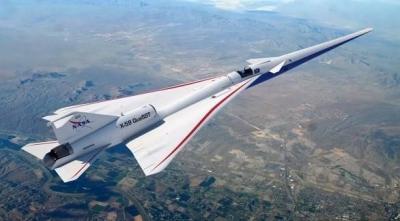In a windowless hangar in the California desert, the final touches are being put on a design for an aircraft that could reshape aviation worldwide. The X-59 supersonic jet, developed by NASA and Lockheed Martin, aims for designers to ensure that it will go unnoticed as it flies near you.
Conventional supersonic aircraft can create sonic booms exceeding 100 decibels when flying, a sharp sound louder than fireworks. This disruptive noise prompted the Federal Aviation Administration (FAA) to ban commercial supersonic flights over land in 1973.
However, the X-59 is designed to minimize shockwaves that cause sonic booms mid-flight, reducing its sound level on the ground to 75 decibels. According to NASA, this sound is comparable to that of a car door closing on the street.
In designing this aircraft, NASA and Lockheed Martin returned to the fundamental principles of aerodynamics. The result is an incredibly sleek and advanced aircraft.
David Richardson, the X-59 program manager at Lockheed Martin, states, "The principles of physics and aerodynamics have been around since the beginning of time. This is what Mother Nature wants to see. Just like birds, this aircraft is designed perfectly to fly faster than sound with the utmost quiet."
When the X-59 flies in the sky, the goal is to generate a "sonic thump" and by doing so, persuade the FAA to lift the ban on supersonic passenger travel over land.
This change could pave the way for a future where supersonic travel is not limited to fighter pilots. If NASA's X-59 QueSST program succeeds, supersonic flight may become possible again for the first time since the retirement of the Concorde in 2003, according to CNET.




